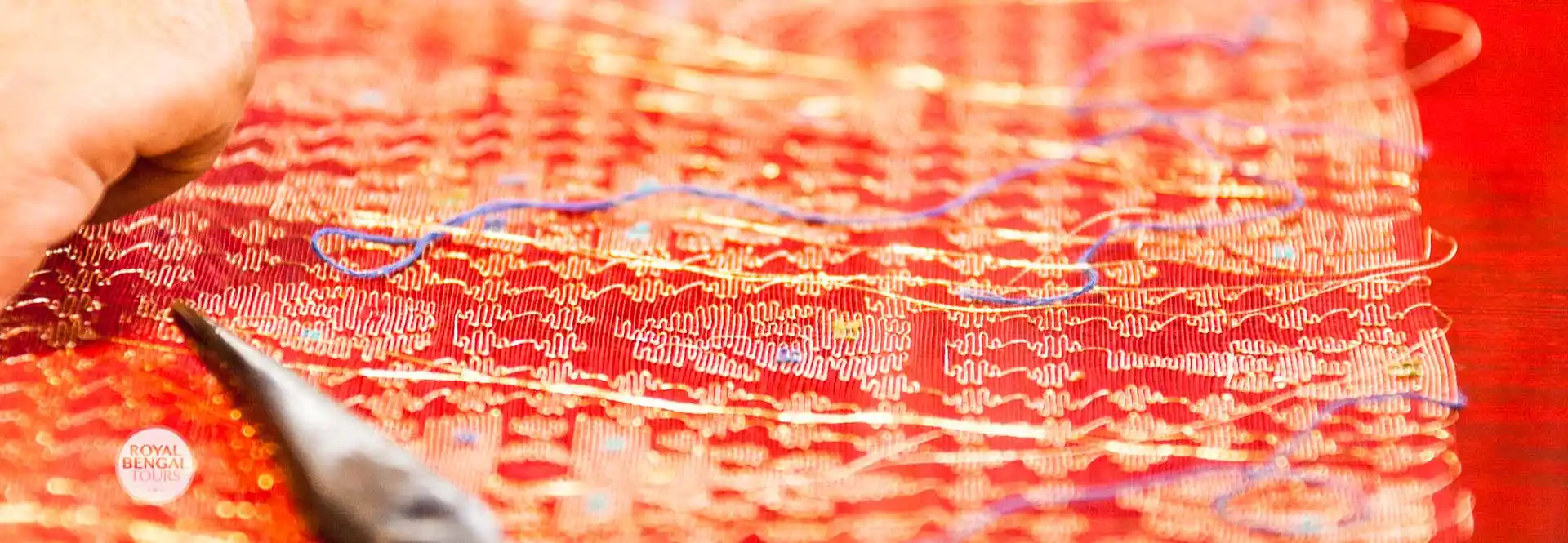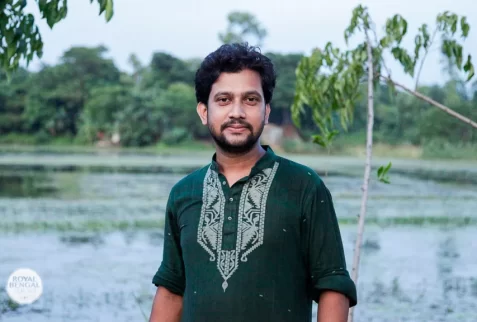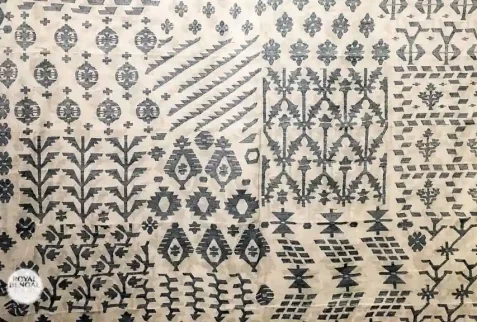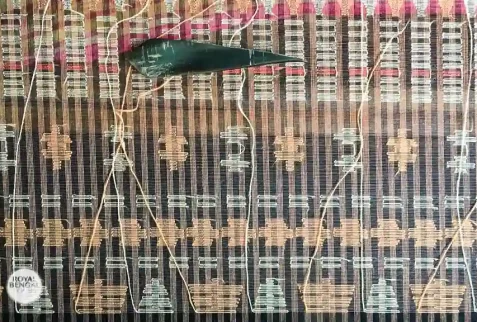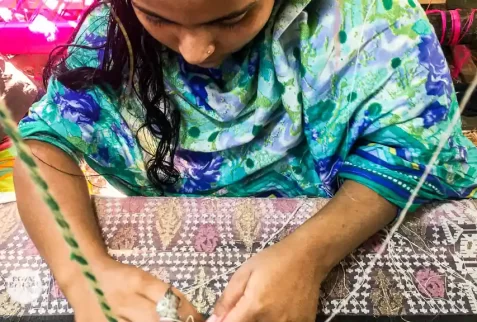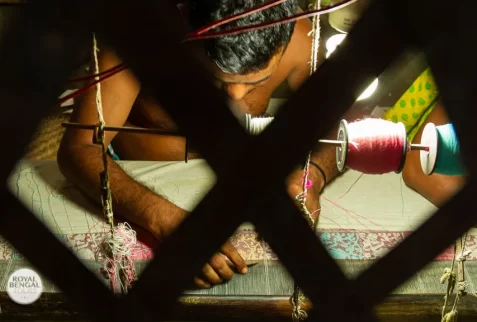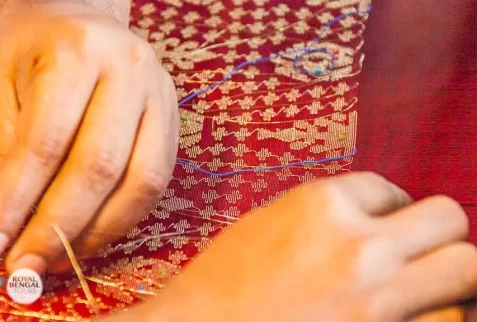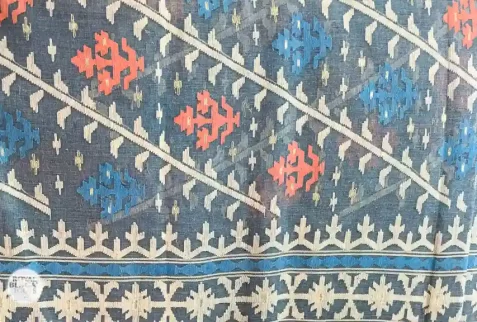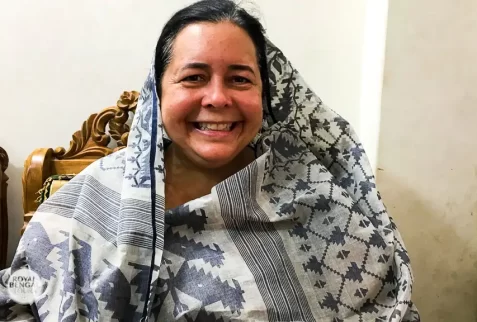Sonargaon, the old capital of Bengal and once-booming city, used to be a part of historically known Dacca (Dhaka at present), is a profound cultural and historical importance in South Asia and beyond. Because of its position at the junction of three main rivers – Brahmaputra, Sitalakhya and Meghna, which apparently leads into the Bongoposhagor (Bay of Bengal). It was the place of the prosperous capital of the independent Sultanate of Bengal from 13th to early 17th century A.D. Sonargaon has served as an important inland port attaching ancient Bengal with the Middle East and Far Eastern lands and was characterised by numerous early travellers, including Ibn Battuta, Ma Huan, Niccolò de’ Conti and Ralph Fitch, as a flourishing centre of business. Its specific ecological context and geography also made Sonargaon unparallel in its production of the world’s most delicate cotton fabrics, especially Muslin. The merchants who came from all around the globe, Muslin was unique to them from this region and therefore highly beloved and as worthy as exotic spices if not more.
Jamdani is one of the most intricate varieties of Muslin; the weavers of the neighbourhood mainly possess the art and skill of its weaving methods. Jamdani weavers have learned this rare, incomparable skill for ages. UNESCO listed Bangladesh’s Jamdani as an Intangible Cultural Heritage of Humanity in 2013, and it was registered as the first Geographical Indicator (G.I.) product of Bangladesh in 2016.
Agriculture and commerce are the primary sources of income for the people of this area. The main handicrafts are cane work, bamboo, weaving (particularly Jamdani), and wood used to craft the Jamdani looms.
Sonargaon is also a famous tourist destination around Dhaka because of its rich history. The architectural style of the area is heavily influenced by the Sultanate, Mughal, and British colonial eras. The historic city includes several pre-Mughal and Mughal monuments and historical tombs. The superbly built colonial-style residences of Panam Nagar, a prominent cloth trading centre in the latter part of the 19th century, are under the protection of the Department of Archaeology.
A world-renowned artist Zainul Abedin set up the Folk Arts and Crafts Museum (Lok Shilpa Jadughar in 1975 ) in Sonargaon. They have also been trying to establish a Jamdani Art resource centre in the museum to exhibit Jamdani patterns with descriptions.

